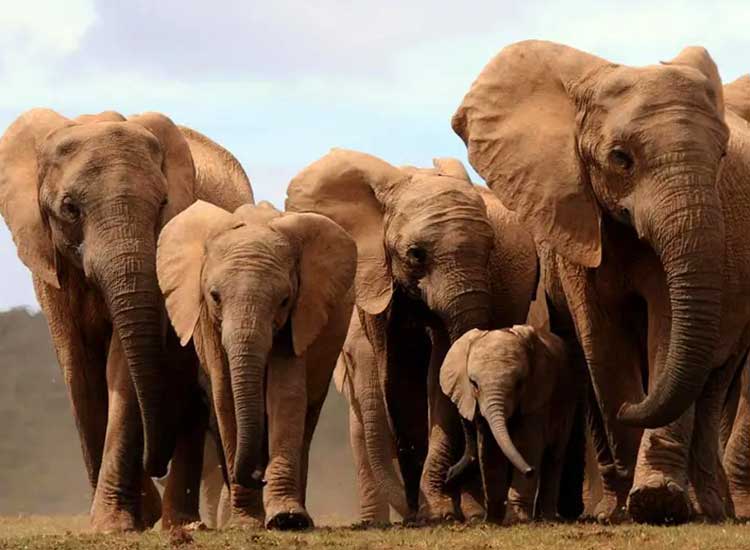Elephant Alert: Mozambique elephants evolving without tusks
Tue 26 Oct 2021
According to new research, widespread ivory hunting in Mozambique has resulted in the evolution of tuskless elephants.
In Gorongosa National Park, a previously unusual genetic trait grew increasingly widespread as ivory poaching to fund a civil war pushed the elephant species to the verge of extinction, according to research published in Science magazine.
Researchers have long hypothesised that the feature, which is exclusively exhibited in female elephants, is related to the elephant’s gender. Analysis of the genomes of tusked and tuskless elephants indicated that the trend was caused by a mutation on the X chromosome that was lethal to males, causing them to grow improperly in the womb, and dominant in females. Genes, like eye colour and blood type in humans, determine whether elephants acquire tusks from their parents. Tuskless males are extremely rare in African elephants.
Before the war, about 18.5% of females were naturally tuskless. However, in elephants born after the early 1990s, this ratio has grown to 33%. During Mozambique’s civil war, which lasted from 1977 to 1992, warriors on both sides massacred 90 percent of the elephant population.
The ivory was sold by poachers to fund the bloody war between government forces and anti-communist guerrillas. Hunters left elephants lacking tusks alone, increasing the possibility that they would reproduce and pass on the tuskless characteristic to their progeny.
Professor Robert Pringle of Princeton University, the study’s co-author, stated that the discovery might have a variety of long-term consequences for the species. He speculated that because the tuskless feature was lethal to male progeny, fewer elephants would be produced overall. This might stymie the recovery of the species, which has a population of just over 700 in the park.
“Tusklessness may be useful during a battle,” remarked Professor Pringle. “But that comes at a cost.” Another possible ramification is the change to the larger ecosystem, since the study found that tusked and tuskless animals consume different flora.
Joyce Hatheway Poole is an elephant researcher based at the Gorongosa National Park in Mozambique explains, “If you look at Asian elephants, females don’t have tusks at all, and depending on which population you look at in which country, most males are also often tuskless.”
—
Did you know?
Elephant tusks are essentially overgrown teeth. Yet they’re typically used for most tasks of daily living: digging for water or vital minerals in the ground, debarking trees to secure fibrous food, and helping males compete for females. The longest tusk ever recorded was 3.5m and the heaviest tusk ever recorded weighed more almost 120 kg. Elephants can be right or left-tusked.

 Apr 25 2024
Apr 25 2024












